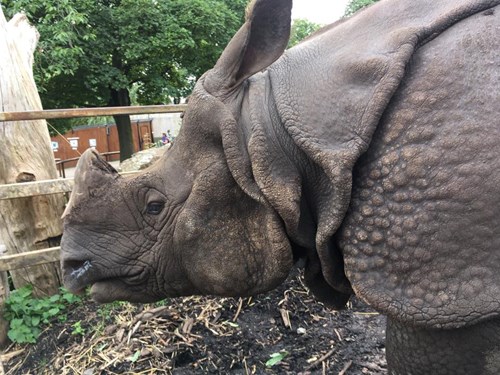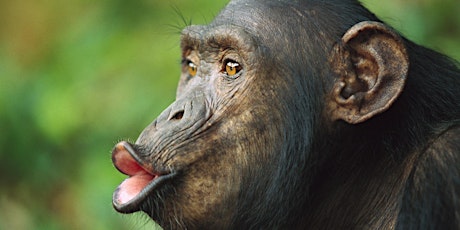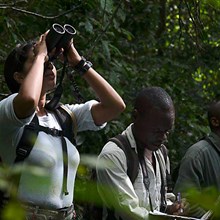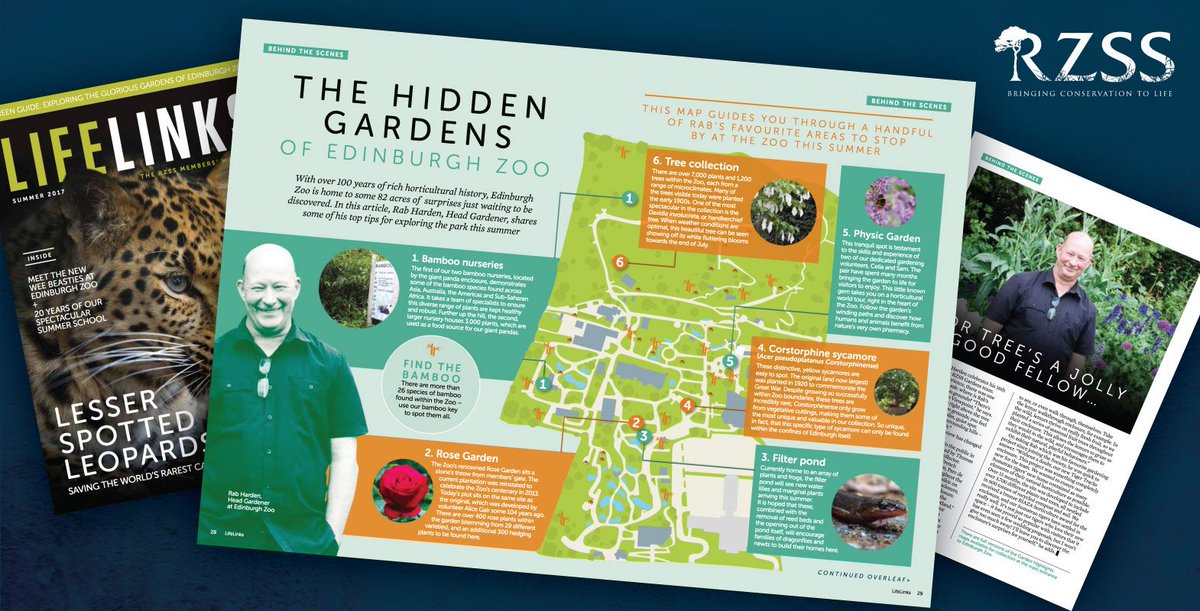The Basics of Animal Behaviour
| Site: | Discovery and Learning |
| Course: | Animal Behaviour Hub |
| Book: | The Basics of Animal Behaviour |
| Printed by: | Guest user |
| Date: | Sunday, 14 December 2025, 12:01 PM |
Description
A short e-Book introducing some of the fundementals of animal behaviour and its research.
1. Fundemental Behaviours
Not all animals behave the same way. Some differ in very basic ways. E.g.:
Does the animal live in a group?
Yes: We call this a social animal.
No: We call this a solitary animal.
When is the animal most active?
During the
Day: We call this a diurnal animal.
During the Night: We call this a nocturnal animal.
At Dawn and Dusk: We call this a crepuscular animal.
These behaviours have evolved because they provide the animal with an evolutionary advantage. E.g. social animals have improved access to mates, food and are safer from predators, whilst nocturnal animals can be safer from predators or the extreme heat of their ecosystem during the day.
2. Anthropomorphism
 Researchers need to be
careful when doing behavioural research. Animals do not laugh, smile or cry as
humans do, so it can be very hard to interpret how an animal is feeling.
Sometimes humans try to put our own emotions on an animal:
Researchers need to be
careful when doing behavioural research. Animals do not laugh, smile or cry as
humans do, so it can be very hard to interpret how an animal is feeling.
Sometimes humans try to put our own emotions on an animal:
e.g. “that animal looks sad” or “That animal looks happy”
This is called
anthropomorphism, and it is best to avoid this. Often the humans perception of
how the animal is feeling is effected by how the human is feeling of their own
views. In addition, not all animals ofcourse have as complex a range of
thoughts and emotions as humans. Those that do, such as chimpanzee communicate these in very different ways (e.g. A smile is not a sign of happiness in chimpanzees but instead a sign of fear and distress).

To avoid any bias caused by anthropomorphism, researchers use ethograms when collecting their data. This is more scientific than attempting to guess what an animal may or may not be feeling.
3. Stress Behaviours
Just because scientists avoid anthropomorphism does not mean that they do not care how an animal may be feeling. Improving animal welfare is a top priority in zoos around the world. Research is often looking to identify behaviours that may indicate that the animal is stressed. These might include:
· Altered Levels of Activity (e.g. when activity levels are higher than expected [hysteria] or lower than expected [apathy]).
· Breeding Difficulties (e.g. animals struggling to reproduce for no obvious reason, either due to failure to conceive or failure to successfully raise offspring).
· Misdirected Behaviour (e.g. the abnormal use of an otherwise normal behaviour (e.g. hyper-aggression in rescued bears or pet birds over-plucking their feathers to the extent they can become bald and impair flight).
· Stereotypic Behaviours (e.g. repetitive movements such as pacing).
These stress
behaviours indicating potential poor welfare of animals can be identified in research projects. The behaviours can be reduced by
improving animal welfare by providing the animal privacy, increased space or improved
enrichment.

4. But How Do Scientists Do Research?
 Researchers have
already learned so much about the behaviour of animals in the world around us.
Researchers have
already learned so much about the behaviour of animals in the world around us.
The more we reveal, the more we understand the needs of our animals, and the better placed zoos and conservationists alike are able to meet those needs.
But how do scientists do this research?
5. A Research Question
Behavioural research is all about asking questions. Often if you see a difference between different animals (e.g. their age, sex, size, the enclosure that they are kept in, etc.), you might ask how that difference effects the behaviour of the individual:
e.g. Does the age of a penguin effect its behaviour?
The research study is designed to collect evidence to answer that question. This may involve training the animal to engage with an experiment through positive reinforcement (the animal gets a treat of a food reward every time it engages in the research) or it may simply be observational (watching the animal go about its daily business.

6. A Hypothesis
Every research question will lead to a hypothesis, a
statement that the researcher makes based on the question:
e.g. The age of a penguin will effect its behaviour.
Note that a hypothesis is not a prediction. The researcher is not judged on whether their prediction was correct or not. The research will only be judged on whether they collected the data on the animals behaviour fairly and without bias. This evidence will either support the hypothesis, or reject the hypothesis.
7. A Conclusion
Once data is collected by the researcher, the data is often analysed by creating graphs of the data or by performing complex statistical analysis on the data. Based on how what the results of this analysis are, the researcher will make a conclusion, which always refers back to their hypothesis
e.g. The evidence shows that age does effect the behaviour of penguins, so we accept our hypothesis.
Researchers often publish their work to share their findings with everyone else. This is really important when communicating your research findings to other, especially if it the results mean other zoos might improve animal welfare!
These write-ups always include the research’s:
· Aims: including the research question and hypothesis.
· Methods: A detailed account of how all the data on the animals behaviour was collected.
· Results: Where the data collected is often displayed as a graph.
· Conclusion: Whether the evidence supported the hypothesis or not.
· Discussion: Including any limitations of the research, and what the conclusion means for the wider world.
